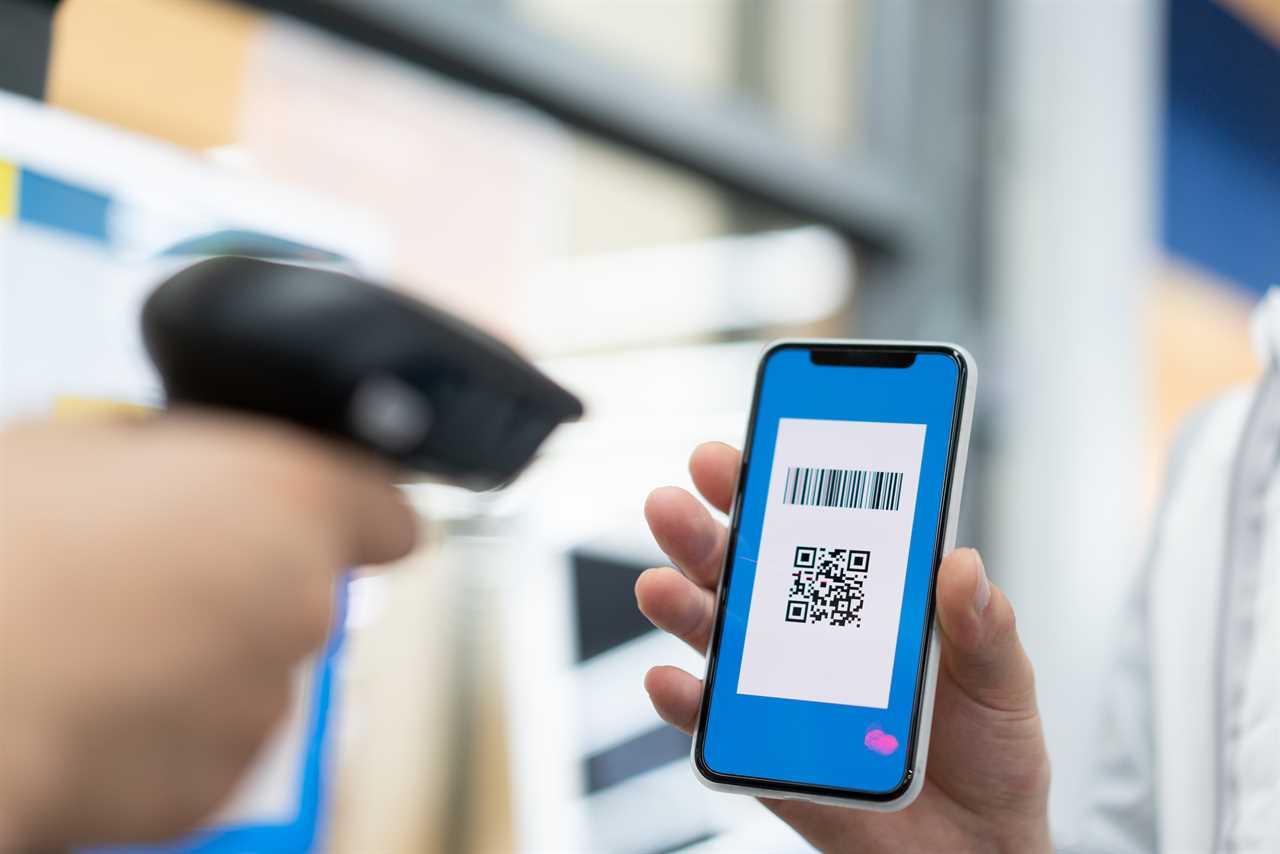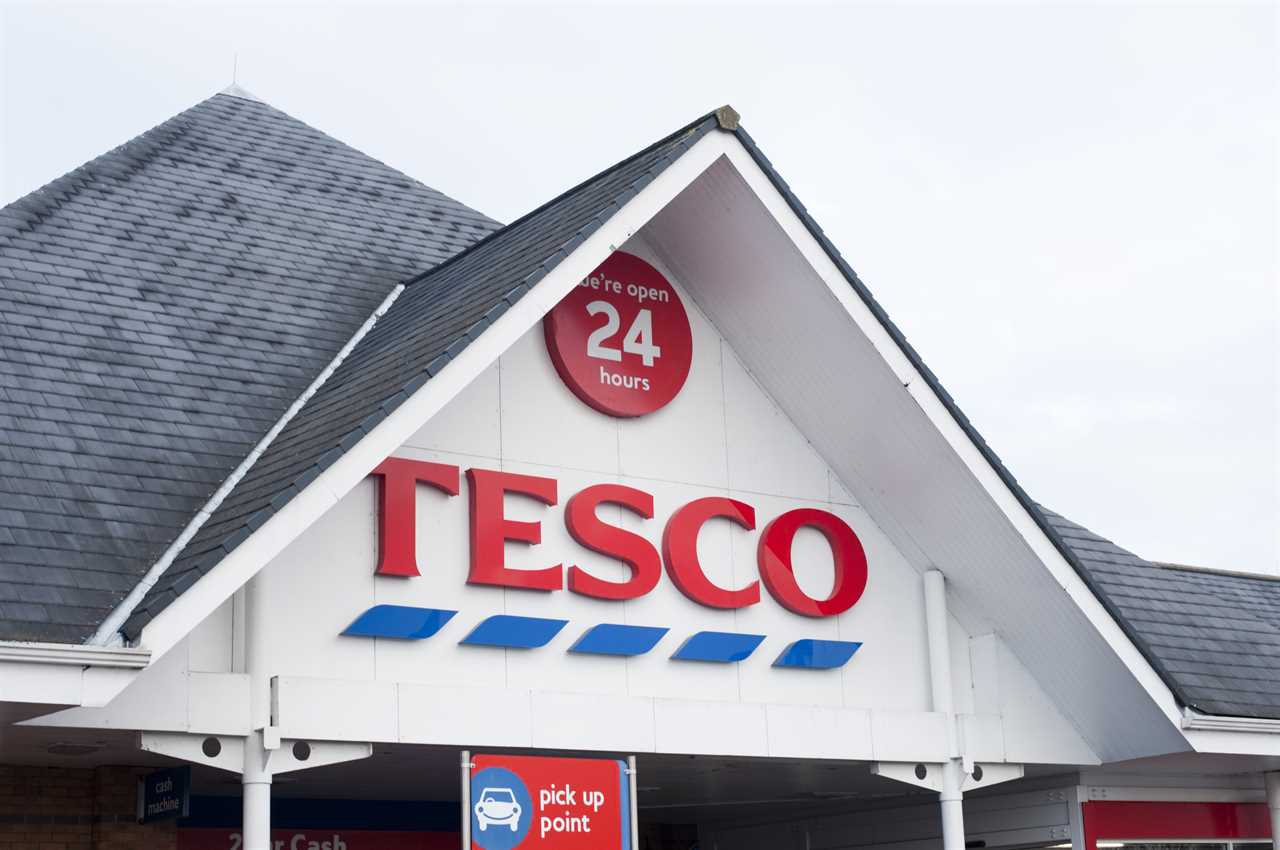
God. I hate self-checkouts. I'm always that person holding up the line because something won't scan properly. And now Tesco wants to make things even more complicated? Great.
So here's the deal. Tesco (you know, where half of Britain does their weekly shop) is testing out this whole QR code thing instead of regular barcodes. And I'm... conflicted.
What the hell is wrong with barcodes anyway?
Apparently barcodes are dinosaurs now. They've been around for over 50 years, which I guess makes them ancient technology in today's world. My 19-year-old nephew would probably call them "vintage" or whatever the kids say these days.
The trial is happening in about 20% of Tesco stores across the South of England. They've slapped these QR codes on 12 of their own-brand products - mostly fresh produce and meat. My sister lives in Brighton and texted me yesterday: "Just spent 5 mins trying to scan a QR code on chicken breasts while teh person behind me sighed dramatically."

Classic.
More information (that nobody asked for)
According to Isabela De Pedro, who has the incredibly long job title of "supply chain development and change director" at Tesco, these QR codes will give us access to all sorts of extra information. Nutritional stuff, use-by dates, where the product came from...
Which... I mean... isn't that already ON the packaging? I spent £3.40 on fancy coffee yesterday and spent a good 2 minutes reading the back of the bag while waiting for my toast. Do I really need to pull out my phone to scan every item?
The COVID excuse
Anne Godfrey from GS1 UK (the barcode overlords, apparently) claims the pandemic made everyone comfortable with QR codes. And yeah, I remember awkwardly scanning those black squares in pubs just to see a menu I could've been handed. Not exactly a fond memory.

Listen. I'm not completely against innovation. But there's something suspicious about this whole "consumers want more information" argument. Do we? Or do retailers just want more opportunities to sell us things?
Your shopping basket is judging you
One detail that made me raise an eyebrow - these QR codes might offer "alternative suggestions" when you scan them. I can just imagine it now... scan my ice cream and get a helpful message: "Did you know this contains your entire daily calorie allowance? Perhaps try our low-fat yogurt instead!" No thanks.
Back in 2018, I went through a phase of using one of those scanning apps that tells you how "ethical" your shopping is. I lasted about three weeks before the guilt became too much. Poor cows. Poor rainforests. Poor me, standing in aisle 7 having an existential crisis over tinned tomatoes.
Upgrade or die trying
The most telling quote comes from Anne Godfrey again, who warns that retailers will have to "upgrade or get left behind." Left behind by whom, exactly? Other retailers? Because I don't remember shoppers staging protests demanding QR codes on their bananas.
Tesco has actually tried this kind of thing before. Last year they experimented with laser-etching barcodes directly onto avocados to reduce waste. Which, I'll admit, is kinda cool. My friend who works in packaging design was like, "Finally! Someone's thinking about all that plastic!" His response when I mentioned the QR codes: "already updating my resume."
I feel like we're watching the slow death of the humble barcode. Those little black lines that have faithfully served us since before I was born, now deemed inadequate because they only hold seven pieces of information.
Seven pieces seems plenty, honestly.
What this really means for your weekly shop
The reality? This is probably just the beginning. Anne Godfrey predicts that "very soon" we'll say goodbye to traditional barcodes completely. Every product will have one QR code holding all the information you could possibly want... and probably a bunch you don't.
I'm imagining a future where I have to scan each item with my phone before I can even put it in my basket. My battery dies halfway through the big shop. People behind me tutting. Chaos.
Or maybe I'm being dramatic. Maybe it'll be seamless adn wonderful and we'll all wonder how we ever lived with those primitive barcodes.
But between you and me? I'm not convinced. Call me old-fashioned, but sometimes simpler is better. And I really don't need my groceries to come with their own digital encyclopedia.
Frequently Asked Questions
What is the difference between saving and investing?
Saving typically involves setting aside money in a secure account for short-term needs or emergencies, while investing involves using money to purchase assets like stocks or real estate with the expectation of generating a return over the long term. Investing carries higher risks but offers the potential for greater rewards.
What is the definition of money?
Money is a medium of exchange that facilitates transactions for goods and services. It serves as a unit of account, a store of value, and a standard of deferred payment, allowing individuals to compare the value of diverse products and services.
What is the importance of financial literacy?
Financial literacy is essential for making informed decisions about budgeting, saving, investing, and managing debt. It empowers individuals to understand financial concepts, evaluate risks, and navigate complex financial products, leading to better financial stability and long-term wealth building.
What is the role of central banks in the economy?
Central banks manage a nation's currency, money supply, and interest rates. They implement monetary policy to control inflation, stabilize the currency, and foster economic growth. They also serve as lenders of last resort to the banking system during financial crises.
How can I budget my money effectively?
To budget effectively, start by tracking your income and expenses to understand your spending habits. Set realistic financial goals, categorize your expenses, and allocate funds accordingly. Regularly review and adjust your budget to ensure it reflects your current financial situation and objectives.
What are the main functions of money?
The primary functions of money are as a medium of exchange, facilitating trade; a unit of account, which provides a standard measure of value; a store of value, allowing individuals to save and transfer purchasing power over time; and a standard of deferred payment, enabling credit transactions.
How can I improve my credit score?
To improve your credit score, make timely payments on all debts, reduce credit card balances, avoid opening unnecessary credit accounts, and regularly check your credit report for errors, disputing any inaccuracies. Maintaining a mix of credit types and keeping old accounts open can also be beneficial.
Statistics
- A study by the National Endowment for Financial Education found that 60% of Americans do not have a budget.
- The average cost of raising a child in the U.S. is estimated to be around $233,610, according to the U.S. Department of Agriculture.
- In 2020, the average retirement savings for Americans aged 60 to 69 was approximately $195,000, according to Fidelity.
- According to a survey by the Financial Industry Regulatory Authority (FINRA), about 66% of Americans could not correctly answer four basic financial literacy questions.
- The average return on investment for the S&P 500 over the past 90 years is about 10% per annum.
- A survey by the American Psychological Association found that 72% of Americans reported feeling stressed about money at some point in the past month.
- Research by the National Bureau of Economic Research found that individuals who receive financial education are 25% more likely to save than those who do not.
- According to the Federal Reserve, approximately 39% of Americans do not have enough savings to cover a $400 emergency expense.
External Links
How To
How To Build an Emergency Fund Effectively
Building an emergency fund is essential for financial security. Start by determining how much you need; a common recommendation is to save three to six months' worth of living expenses. Open a separate savings account to keep your emergency funds easily accessible but separate from your regular spending. Automate your savings by setting up a monthly transfer from your checking to your emergency fund. Initially, focus on small, manageable contributions, gradually increasing them as your budget allows. Avoid using this fund for non-emergencies, and replenish it after any withdrawals to maintain your financial safety net.
Did you miss our previous article...
https://hellofaread.com/money/lidls-robot-lawnmower-is-the-garden-gadget-im-obsessing-over-and-its-150-cheaper-than-bqs-version
 PoliticsRoyaltySoap OperaGamingMoneyPrivacy PolicyTerms And Conditions
PoliticsRoyaltySoap OperaGamingMoneyPrivacy PolicyTerms And Conditions
